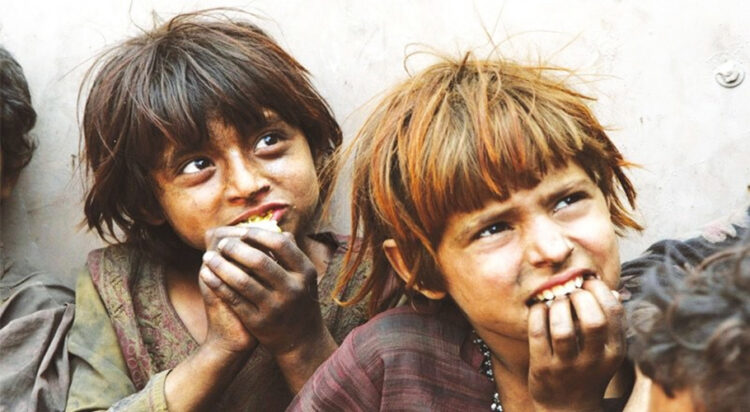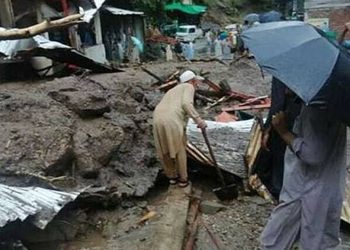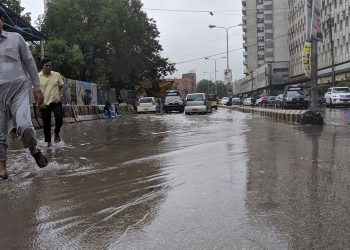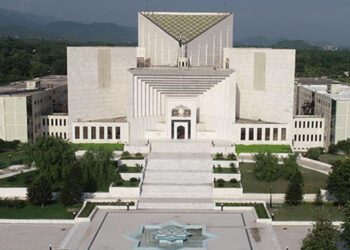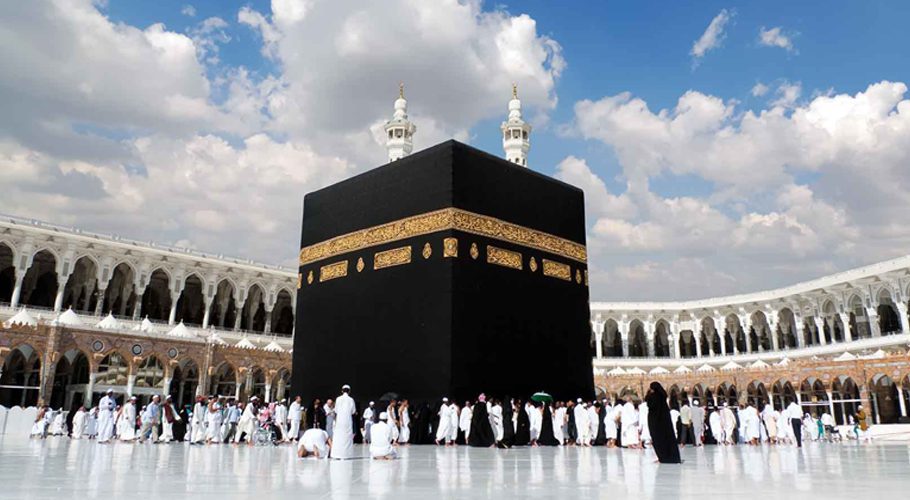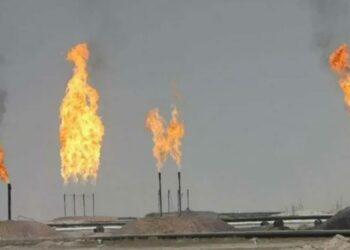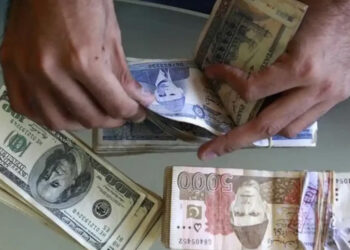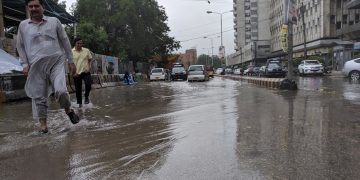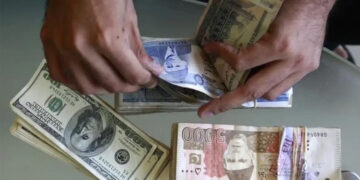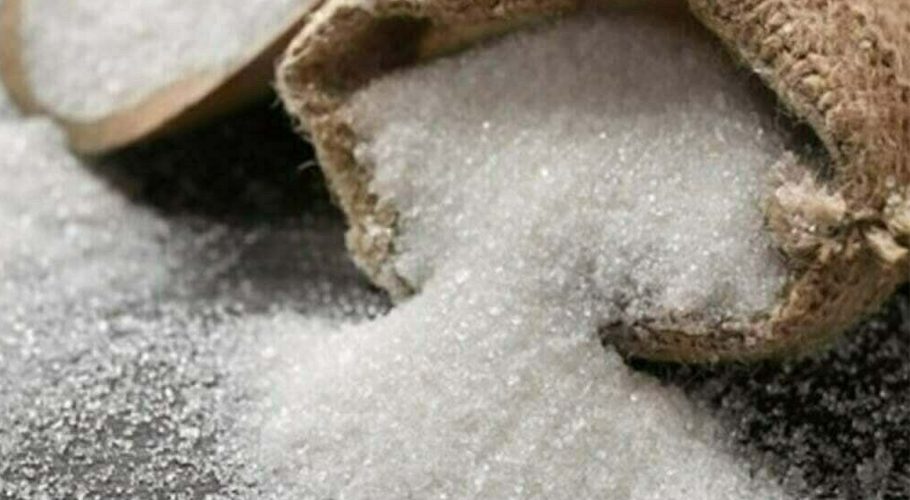Almost 45 percent of the population of Pakistan lives under the poverty line, according to a recent report by the World Bank.
The percentage of individuals who live in extreme poverty has increased substantially—to 16.5 percent from 4.9 percent—based on the new international poverty line (IPL) of $3 a day (2021 purchasing power parity), supplanting the prior threshold of $2.15 (2017 PPP).
The report discusses that roughly 82 percent of this increase results from the higher value of the new IPL, which is consistent with revised national poverty lines in comparator countries.
The rest of the rise is due to inflation and domestic price changes between 2017 and 2021. Below the $4.20 per-day income threshold for lower-middle-income nations, Pakistan’s poverty rate increased from 39.8 percent to 44.7 percent. Likewise, below the $8.30 per-day threshold for upper-middle-income nations, 88.4 percent of Pakistanis currently live below the poverty line, up from 84.5 percent under the old $6.85 benchmark.
The World Bank’s upcoming Poverty and Resilience Assessment, due out in September, will provide more up-to-date information on poverty trends, including regional disparities as well as fiscal equity.







